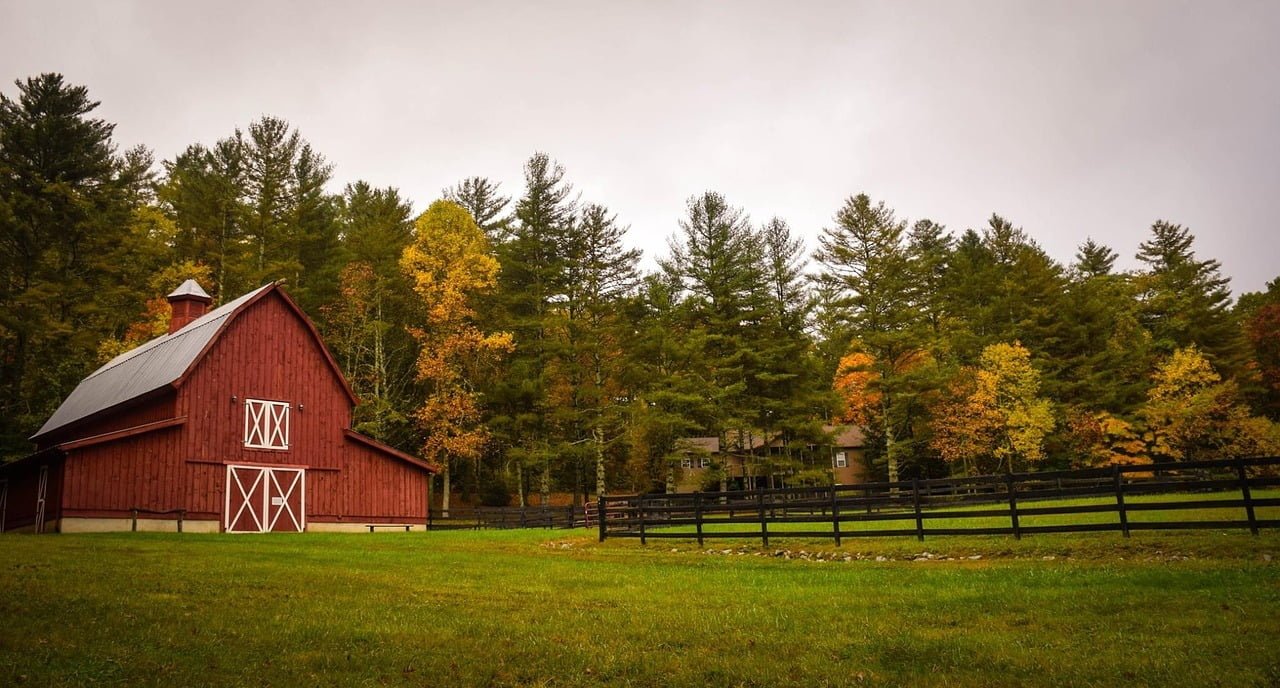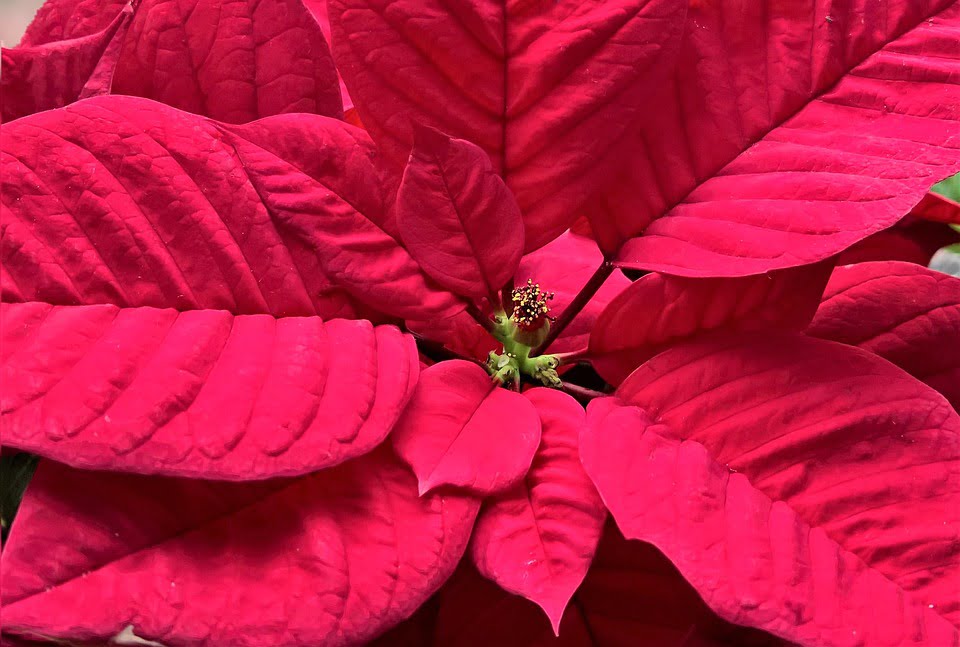Are you feeling discouraged as you stare out at your brown, lifeless lawn? Don’t worry, you’re not alone. Many homeowners struggle with brown grass, and there are a variety of reasons why it may be happening. From lack of water to insect infestations, there are several factors that can contribute to the dreaded brown grass blues.
But don’t despair just yet. There are solutions to this problem, and with a little care and attention, you can have a beautiful, green lawn once again. In this article, we’ll explore the various causes of brown grass and provide tips for fixing it.
With our guidance, you’ll be able to identify the root cause of your brown grass and take the necessary steps to restore your lawn to its former glory. So let’s get started!
Quick Takeaways
- Brown grass can be caused by excessive heat/sun exposure, lack of proper watering, over/under use of fertilizer, insect infestation, weeds, disease, and pet or foot-traffic damage.
- Grass turning brown in winter is often due to dormancy caused by freezing soil and lack of moisture/sunlight, but some cold-tolerant grasses can stay green all winter.
- To fix brown grass, apply the right fertilizer for the variety and soil conditions, test soil for pH, deep water consistently, control pests and weeds, and consider adjusting mowing height or replacing heavily trafficked areas.
- The ultimate goal for every homeowner is a thick, green expanse of grass.
Reasons for Brown Grass
If your grass is turning brown, it could be due to a variety of reasons. Lawn care maintenance is important to keep your grass healthy and green.
Excessive heat/sun exposure, lack of proper watering, over/under use of fertilizer, insect infestation, weeds, disease, or pet or foot-traffic damage can all cause your grass to turn brown.
Choosing the right grass variety for your climate and soil conditions can also make a big difference in the health of your lawn. Some grasses are more tolerant of heat and drought, while others thrive in cooler temperatures and moist soil.
By understanding the needs of your grass, you can take steps to prevent brown spots and keep your lawn looking green and beautiful.
What Are the Causes of Brown Grass and How Can I Get Green Grass?
Brown grass can be caused by various factors such as insufficient watering, lack of nutrients, or underlying issues like soil compaction or pests. To get green grass, ensure proper watering, fertilize regularly, and aerate the soil to reduce compaction. Identifying the specific causes of green grass is crucial for implementing effective solutions.
Grass Turning Brown in Winter
To keep your lawn looking its best during the winter months, it’s important to choose the right grass variety. Consider planting cold-tolerant grasses like Bluegrass, Ryegrass, Bentgrass, or Fescue which can stay green all season. These grasses are able to withstand colder temperatures and will continue to grow and thrive even in the winter months.
Here are three tips for winter lawn care when using cold-tolerant grass varieties:
-
Keep your lawn watered. Just because it’s cold outside doesn’t mean your lawn doesn’t need water. Make sure to water your lawn regularly to keep it healthy and green.
-
Mow your lawn regularly. Keeping your lawn at a shorter length can help it absorb more sunlight which can help it grow stronger during the winter months.
-
Apply fertilizer. Fertilizer can help your lawn stay healthy and strong during the winter months. Make sure to choose a fertilizer that is specifically designed for cold-tolerant grass varieties.
Tips for Fixing Brown Grass
One way to improve the health and appearance of your lawn is by implementing proper watering techniques. Your grass roots need a consistent level of deep watering, so make sure to run a sprinkler system that covers the entire lawn for a minimum of two hours a week to provide an inch of water. This will promote healthy growth and prevent the brown spots caused by lack of water.
Another factor that can contribute to brown grass is over-fertilization. You should always apply fertilizer according to the manufacturer’s instructions and test the soil for pH to use the correct product to boost color intensity. Over-fertilization can damage your lawn, so be careful not to apply too much. Additionally, make sure your lawn care equipment is in good condition, as dull mower blades can cause brown patches and uneven growth. By following these tips, you can help your lawn achieve that expanse of thick, green grass that every homeowner desires.
| Tips for Fixing Brown Grass | |
|---|---|
| Proper Watering | Deep water your lawn for 2 hours a week to provide an inch of water |
| Testing Soil | Test soil for pH to use the correct fertilizing product to boost color intensity |
| Over-Fertilization | Avoid over-fertilization, which can damage your lawn |
| Lawn Care Equipment | Keep your lawn care equipment in good condition, and avoid dull mower blades |
Frequently Asked Questions
Can brown grass be saved or does it need to be replaced?
Yes, you can revive brown grass with proper care. However, if the damage is extensive, grass replacement options may be necessary. Consider reseeding or installing sod for a quick fix.
How often should I water my grass to prevent it from turning brown?
To prevent grass from turning brown, water it deeply and infrequently. Watering frequency tips vary by grass type and soil conditions, but a good rule of thumb is to water once a week and in the morning for best results.
Can over-fertilizing cause brown grass and how can I prevent it?
Over fertilizing can cause brown grass by burning the roots and making it vulnerable to disease and pests. Prevention techniques include following manufacturer instructions, testing soil pH, and not applying fertilizer during drought or heatwaves.
Are there any natural remedies for preventing insect infestations in my lawn?
Protect your lawn from insect infestations with natural pest control methods. Opt for organic lawn care options such as neem oil, garlic spray, or beneficial nematodes. Keep your lawn healthy and strong to prevent pest problems.
How can I tell if my grass is dormant or dead during the winter months?
During winter, it’s hard to tell if your grass is dead or dormant. Check for signs of life by gently tugging on blades, looking for green roots and sprouts. Follow winter lawn care tips to ensure healthy grass come spring.









